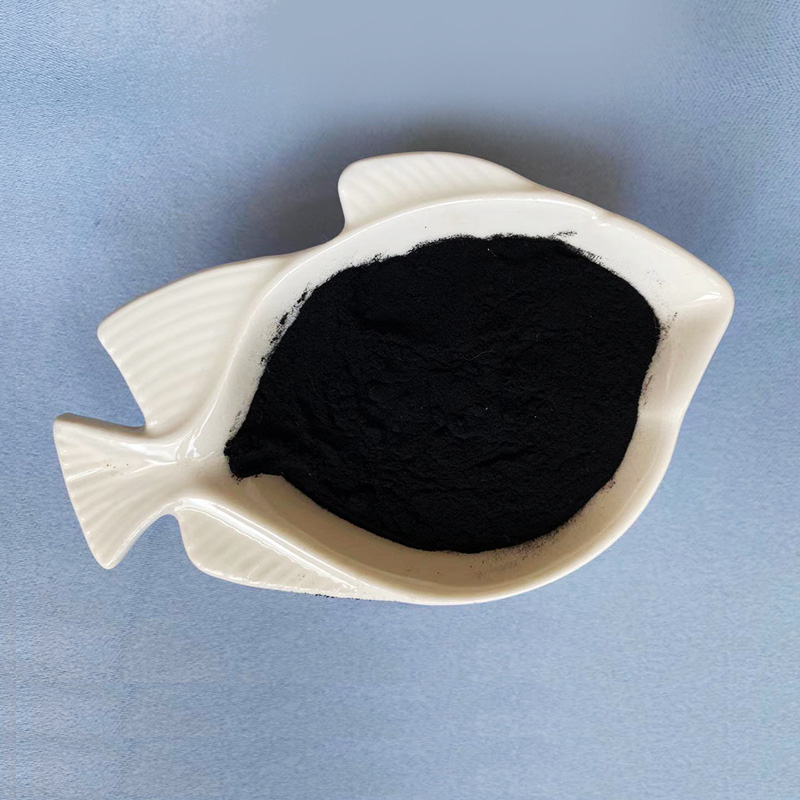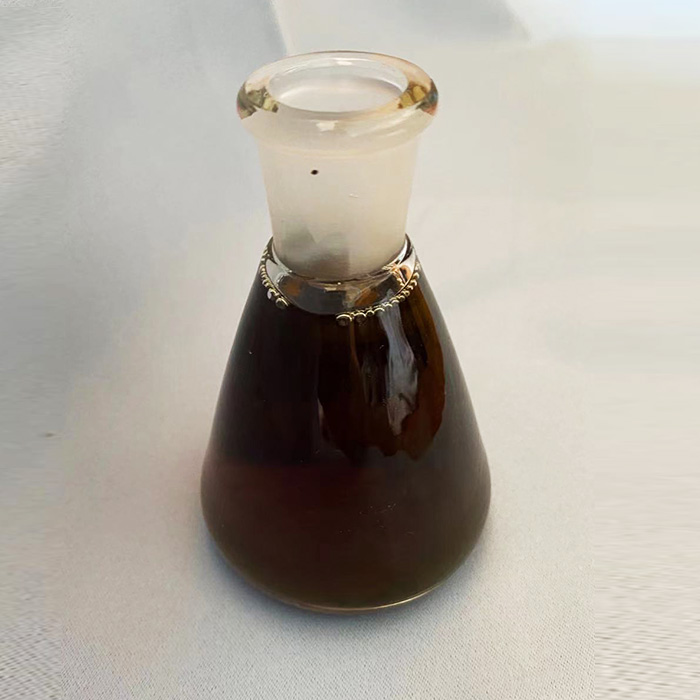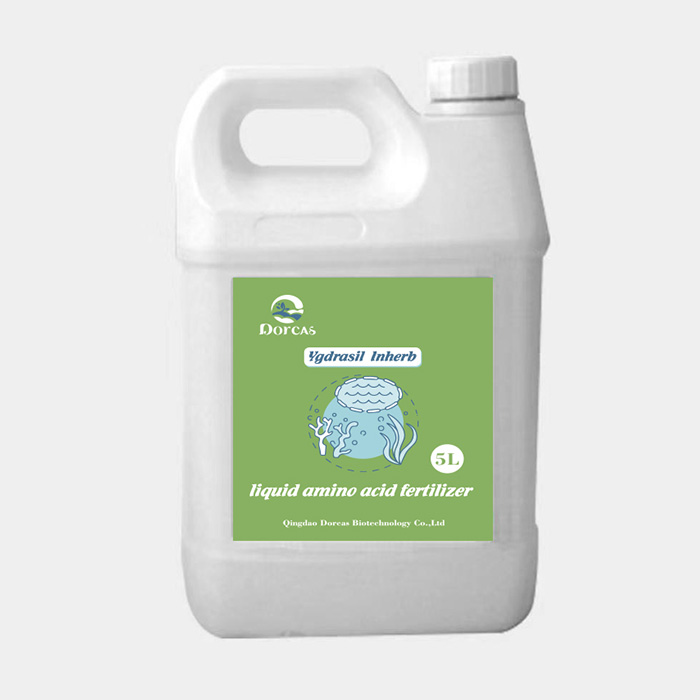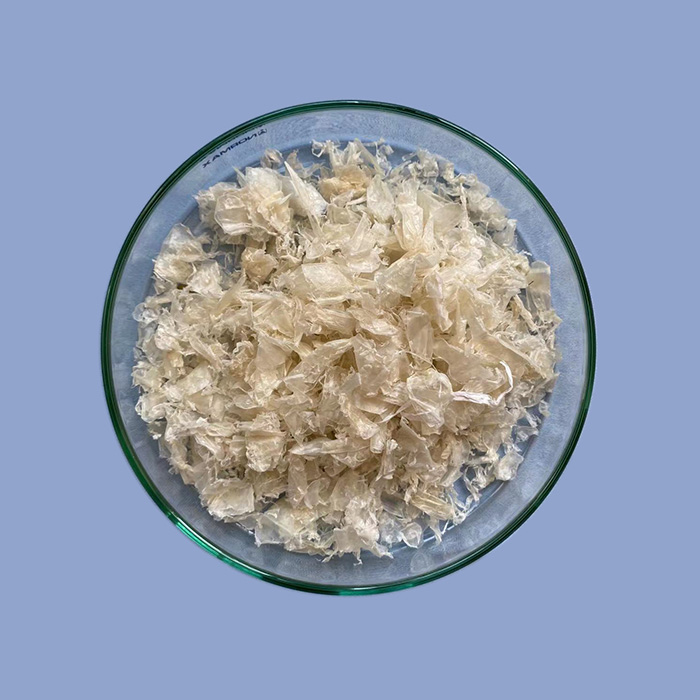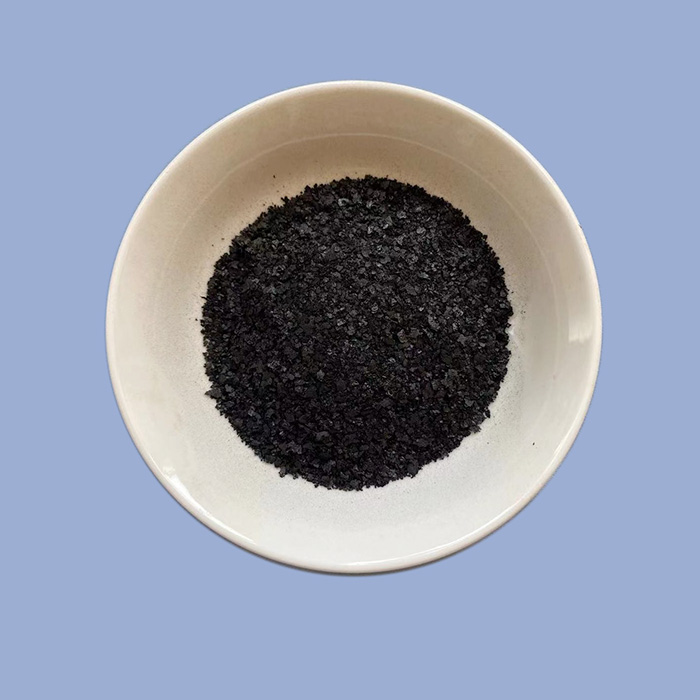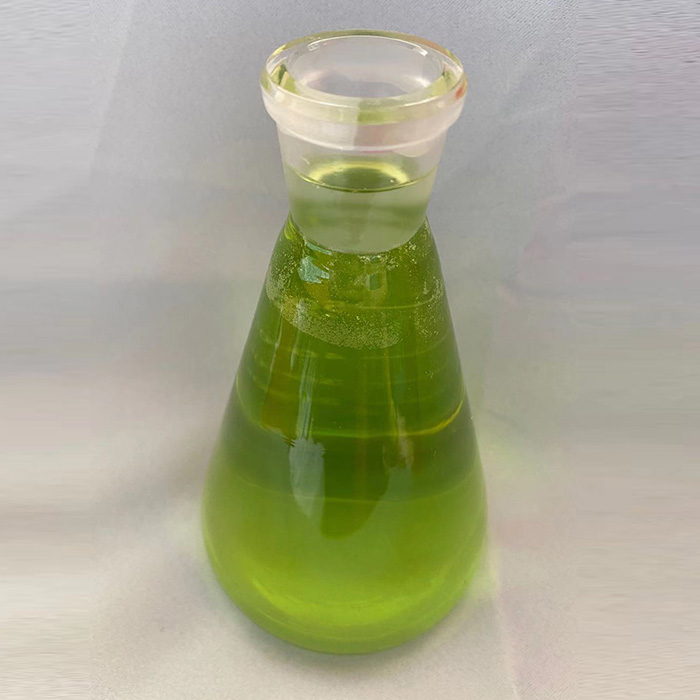Jan 03, 2022
Can amino acid fertilizer replace seaweed fertilizer? At present, various kinds of fertilizers with various recent research results on the market are colorful, diverse, and different in nature, function and use. If you don't understand them, it will become a big problem. There will be many unexpected results, spend fertilizer investment, fail to achieve the desired effect, and cause economic losses to a certain extent. For example, amino acid fertilizer and seaweed fertilizer are two different types of fertilizers, which have both differences and similarities.
A amino acid fertilizer. Most of the sources of amino acids are compounded by the fermentation or hydrolysis of animal, plant and microbial substances and some of their leftovers, or other substances, and the addition of rich micronutrient elements. For amino acid fertilizer on the market, the national standard requires that the amino acid content of fermentation process products must reach more than 8%, that of chemical hydrolysis products must reach more than 10%, and that the sum of elemental content of trace elements must reach more than 2%. Otherwise, if these basic indicators are not met, the growth and development of crops will be affected to a great extent, It is an unqualified product. Amino acid fertilizer and humic acid fertilizer have great similarities, but they can not be equated. Most of the amino acid fertilizers are liquid fertilizers, which are suitable for foliage spray. They are mainly used as supplementary micronutrient fertilizers for crops. Strictly speaking, amino acid fertilizer is a fertilizer that can directly absorb and utilize amino acids and rich trace elements for crops. Due to the problem of economic benefits, amino acid fertilizer is not used as base fertilizer, topdressing and watering fertilizer, but only as foliar fertilizer for plants.
B seaweed fertilizer. Seaweed fertilizer is a kind of organic soluble liquid or solid fertilizer, which is made from marine plants or algae by fermentation and hydrolysis. Seaweed fertilizer is rich in plant growth regulators, such as gibberellin, naphthylacetic acid, indoleacetic acid and other plant organic active hormones, organic cytokinins, auxin, rich plant endogenous substances and active acids, alginic acid, vitamin, stabilizer, inducer, expansin, pigment, abscission Oligosaccharides and other active factor substances contain a large number of chelating metal ions and marine bioactive substances. In addition, it is rich in nitrogen, phosphorus, potassium and medium and trace element nutrients. Seaweed fertilizer is a comprehensive concentrated fertilizer integrating large, medium and trace elements and plant growth regulators. The national standard requires that the sum of plant growth regulators and trace elements is more than 4%. Considering the cost and economic benefits of agricultural production, it is suitable for crop foliar fertilizer spraying and seed soaking cutting, and is gradually not used for other purposes.
In short, amino acid fertilizer and seaweed fertilizer have the same points. ① they can be used for spraying fertilizer on crop leaves, and there are few other uses. ② Are rich in medium and trace element nutrients. ③ They are nutrient fertilizers that are soluble, quick acting and easy to be absorbed and utilized by crops. The difference between amino acid fertilizer and seaweed fertilizer is that in addition to the same part of nutrients, they contain different rich organic nutrients that can be fully absorbed and utilized by crops. For example, seaweed fertilizer has the function of plant regulator and so on.
Dorcas, a leading biotechnology factory in Qingdao, China. As top three manufacturers of seaweed fertilizer in China with more than12 years of experience. We produce seaweed ex tract, organic granular fertilizer, liquid foliar & vigoroot fertilizer and liquid chitosan fertilizer with biological enzymolysis method. We passed ECOCERT and IMO certification.
More detail: www.dorcas-bio.com
